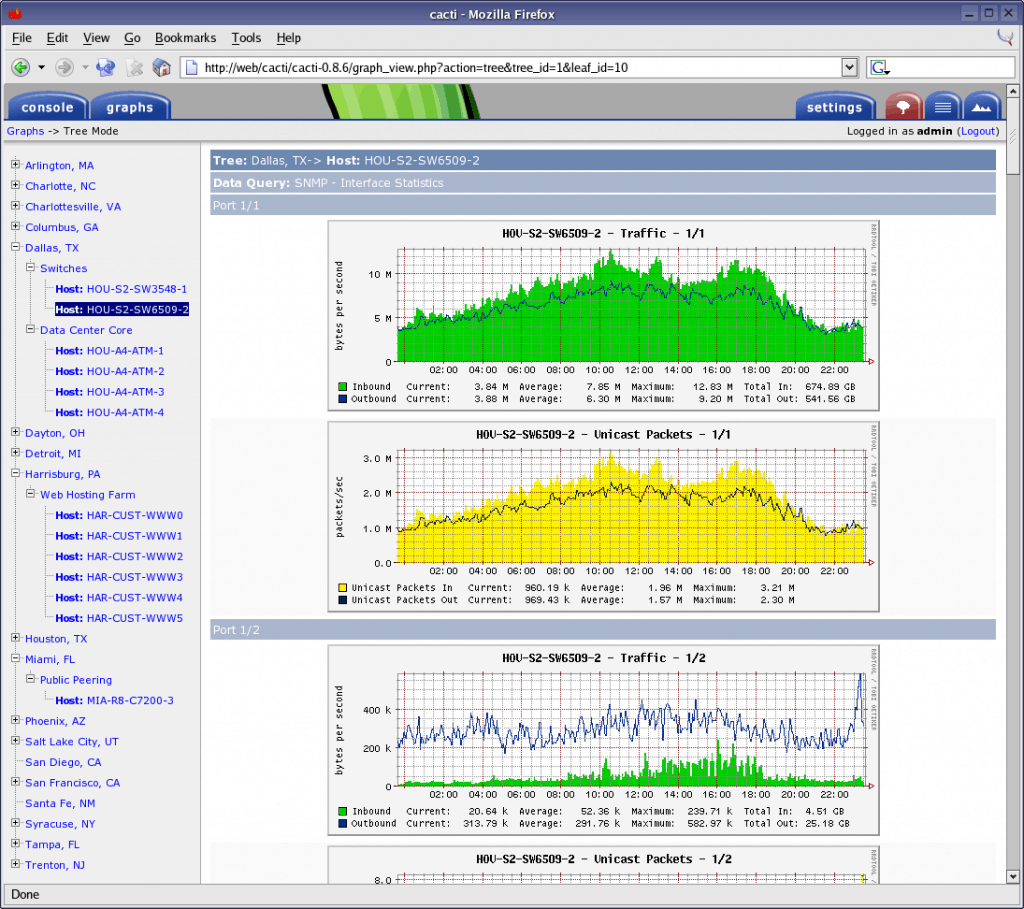
The first one is free and open source and the second one is a paid enterprise version. Compared to other network monitoring tools in this list, Nagios offers greater control but has a pretty steep learning curve, especially for beginners. Though the user interface of Nagios looks pretty old, it is quite lightweight, reliable, and fast. Now, since Nagios has plugin support, you can create graphs based on the gathered data by installing first-party or third-party plugins. While Cacti is designed with a focus on data manipulation, Nagios’s main focus is creating statuses and alerts on events based on gathered data. Nagios is one of the popular when it comes to open source network monitoring tools. Platform support: Cacti support Windows and Linux.
BANDWIDTH MONITORING TOOL OPEN SOURCE SOFTWARE
If you want a software that can gather data from different end data points and lets you represent and manipulate the collected data in beautiful and useful graphs, then Cacti is for you.
BANDWIDTH MONITORING TOOL OPEN SOURCE HOW TO
Read: How to Boost Your Wi-Fi Network With an Old Routerĭo keep in mind that to get started with Cacti, you need to have PHP, Apache, and SNMP installed on your system or server. This is very useful to compare and manipulate the results as and when needed.

One of the biggest benefits of Cacti networking tools is that it can not only track and gather the data but can also represent the data in almost any way you want. Cacti have a built-in MRTG (Multi Router Traffic Graphing) module that can track and measure router traffic like process time on a server, lost packets, actual network traffic, etc. CactiĬacti is an industry standard RRD (Round Robin Database) and data logging tool that shows beautiful and detailed graphs. In case you are wondering, here are some of the best open source network monitors tools that are also free. That being said, there are a few open source network monitoring tools that can give close source tools their run for the money.


 0 kommentar(er)
0 kommentar(er)
